The Boynton Canyon Trail in Sedona, Arizona is one of the most popular hikes in the region, known for its mix of breathtaking red rock scenery, lush forests, and mystical energy. Located in the Coconino National Forest, this trail combines natural beauty with spiritual significance, making it a favorite for both outdoor adventurers and those seeking healing in Sedona’s famous vortex sites. Whether you are hiking for exercise, photography, or personal reflection, Boynton Canyon promises an unforgettable experience.
📍 Where Boynton Canyon Trail is Located
Boynton Canyon lies about 8 miles northwest of Uptown Sedona, accessible by car via Dry Creek Road. The trailhead is located at the Boynton Canyon parking area, which requires a Red Rock Pass or an America the Beautiful Pass for parking.
- Trail Length: 6.1 miles roundtrip
- Difficulty Level: Moderate
- Elevation Gain: ~900 feet
- Estimated Time: 2.5 to 4 hours, depending on pace
The trail is well-marked and maintained, making it accessible for most hikers, though sections near the end become steeper and rockier.
🌄 Scenery on the Boynton Canyon Trail
Boynton Canyon is one of Sedona’s most visually diverse hikes. The first section of the trail winds through a high desert landscape filled with red rock cliffs and wide canyon walls. As you progress, the environment shifts into a shaded forest of ponderosa pines, oaks, and manzanitas. Seasonal streams may appear after rains, adding even more variety to the terrain.
At the end of the trail, hikers are rewarded with a dramatic viewpoint overlooking the inner canyon, where towering sandstone walls surround a quiet alcove. This contrast between rugged desert and lush vegetation makes Boynton Canyon one of Sedona’s most photogenic hikes.
🔮 The Boynton Canyon Vortex
One of the unique aspects of Boynton Canyon is its reputation as a vortex site, a location believed to radiate powerful spiritual energy. Sedona is famous for its vortexes, and Boynton Canyon is said to represent a balance of masculine and feminine energies. Many visitors meditate or practice yoga at the vortex sites within the canyon, seeking inspiration, clarity, or inner peace.
Near the trailhead, there is also the Boynton Vista Vortex, a short detour that leads to a breathtaking overlook with panoramic views of the canyon. This spot is particularly popular at sunrise and sunset.
🚶 Step by Step Boynton Canyon Trail Experience
- Arrival and trailhead setup
Pull into the Boynton Canyon parking lot off Dry Creek Road, display your Red Rock Pass or America the Beautiful Pass, and take a minute to prep. There is usually a trailhead kiosk with a map and basic guidance. Top off water, tighten laces, and stash a light layer if you started early. Cell service can be spotty once you enter the canyon, so download an offline map beforehand. - Warm up across open red rock
From the signed trailhead, the path heads gently west across classic Sedona terrain. Expect red soil underfoot, juniper and pinon on both sides, and wide views toward buttes and mesas. This first half mile is exposed, which makes it perfect for early morning light. Pace is easy, footing is mostly smooth with a few rocky ribs. - Optional spur to Boynton Vista vortex
At roughly 0.2 miles from the parking area, a short signed spur climbs to Boynton Vista. The grade is quick but manageable, and the payoff is a panoramic overlook with views into the mouth of the canyon and toward the spire many call Kachina Woman. If you plan to sit or meditate, add ten to twenty minutes here. Return to the main trail the same way. - Skirting the canyon mouth and private boundaries
Back on the main path, continue toward the canyon entrance. The route skirts near Enchantment Resort property, so stay on the signed public trail and respect all boundary markers. You will notice the soundscape shift as the trail begins to hug taller walls and wind through shallow washes. Look for cairns and low posts that keep you aligned after minor wash crossings. - Transition into shade and cooler air
Around the one and a half mile mark the vegetation changes. Juniper gives way to oak, manzanita, and tall ponderosa pines. Temperatures usually drop a few degrees in here, which feels wonderful on warm days. This middle section is the most peaceful segment, with birdsong echoing off the walls and occasional deer tracks in the sand. Footing alternates between packed dirt and flat sandstone benches. - Narrowing canyon and subtle elevation gain
As you progress, the walls draw closer and the trail begins a gradual but steady climb. Expect short rock steps, roots, and a few spots that require hands for balance, nothing technical for most hikers. Water may trickle in side drainages after storms or in spring. Stay on the main tread to protect fragile soils and any cultural sites hidden in alcoves. - Final push to the end viewpoint
The last half mile is the most rugged. The trail steepens, weaving over stacked sandstone ledges toward the head of the canyon. Views open dramatically, with towering orange and crimson faces surrounding a quiet amphitheater. Space at the endpoint is limited, so take turns on the best perches and keep voices low. This is a perfect place for a long drink of water, a snack, and a few mindful breaths. - Return with new light and fresh angles
Turn around and retrace your route to the trailhead. Plan on similar time for the descent, often a little faster but still careful through rocky steps. Midday light paints different textures on the walls, so many hikers capture some of their favorite photos on the way out. If energy allows, tag Boynton Vista again near the end for late day color.
🐦 Wildlife and Nature in Boynton Canyon Trail
One of the most enchanting aspects of hiking the Boynton Canyon Trail is the diversity of its ecosystems which in turn support a wide range of wildlife. As you progress along the hike, the environment changes dramatically, from open desert terrain to shaded pine forests, creating habitats for many different species.
Birdlife in Boynton Canyon Trail
Birdwatchers will find Boynton Canyon especially rewarding. The towering cliffs and forested alcoves make it a prime habitat for raptors such as red-tailed hawks, peregrine falcons, and occasionally even golden eagles. Smaller birds are equally abundant: listen for the melodic calls of canyon wrens echoing against the sandstone walls, or spot colorful western bluebirds flitting between branches in the forested sections. In the spring, hummingbirds dart around wildflowers, adding flashes of iridescent green and red to the landscape.
Mammals on the Boyton Canyon Trail
The canyon is home to a number of desert mammals. You may encounter mule deer grazing in the shaded forest or spot javelinas, wild pig-like animals, foraging along the trail edges. Though more elusive, bobcats and gray foxes also live in the area, leaving behind tracks or signs of their presence. At dawn or dusk, hikers sometimes hear the distant calls of coyotes, a reminder that this is still wild country.
Reptiles and Amphibians
In the warmer months, reptiles are often spotted basking on sunny rocks. Collared lizards and whiptail lizards are common, while hikers with a keen eye might glimpse a gopher snake or even a king snake, both harmless to humans. Rattlesnakes also inhabit the area, though they usually avoid people. After rains, you might hear tree frogs in wetter parts of the canyon, especially near seasonal streams.
Flora of Boynton Canyon
The plant life here is as varied as the animals. The lower sections of the trail are dominated by juniper trees, yucca plants, and prickly pear cacti, all thriving in the dry desert environment. As you climb deeper into the canyon, the flora shifts to include ponderosa pines, manzanita shrubs, and oak trees, creating a much cooler and greener atmosphere. In spring, wildflowers such as Indian paintbrush, lupine, and desert marigolds bloom along the trail, while autumn brings golden hues to the canyon’s deciduous trees.
Why the Biodiversity Matters
This blend of desert and forest ecosystems makes Boynton Canyon a microcosm of Sedona’s natural diversity. The rich interplay of plant and animal life adds depth to the hiking experience, making it more than just a scenic walk. Many hikers describe moments of awe when spotting a soaring hawk above the red cliffs or hearing the sudden rustle of deer moving quietly through the trees.
🏨 Staying Near Boynton Canyon
One of the most unique aspects of Boynton Canyon is the presence of Enchantment Resort, a luxury resort nestled within the canyon itself. While the main hiking trail is public, resort guests also enjoy access to additional private trails in the area. Even if you are not staying at the resort, its presence adds to the atmosphere of the canyon, blending comfort with wilderness.
🧭 Practical Tips for Hiking Boynton Canyon Trail
- Start early to avoid the midday heat, especially in summer.
- Bring water and snacks, as there are no facilities along the trail.
- Wear sturdy shoes, since the final section is rocky and uneven.
- Allow time to explore the vortex sites, especially Boynton Vista.
- Respect the land, as parts of the canyon are sacred to Native American tribes.
🌟 Why Boynton Canyon Trail is Worth the Hike
Unlike other Sedona hikes that are either short scenic walks or intense climbs, Boynton Canyon offers a balance of accessibility, length, and spiritual depth. Its combination of desert and forest landscapes provides variety, while its vortex sites add an extra layer of intrigue. For many, hiking Boynton Canyon is not just about physical exercise but also about connecting with the land on a deeper level.
Final Thoughts from Leila
The Boynton Canyon Trail is more than just a hike—it is an experience that combines natural wonder with spiritual reflection. Whether you are drawn by the red rock scenery, the quiet forested paths, or the vortex energy, this trail will leave you with a lasting impression of Sedona’s magic.
If you only have time for one moderate hike in Sedona, Boynton Canyon should be at the top of your list

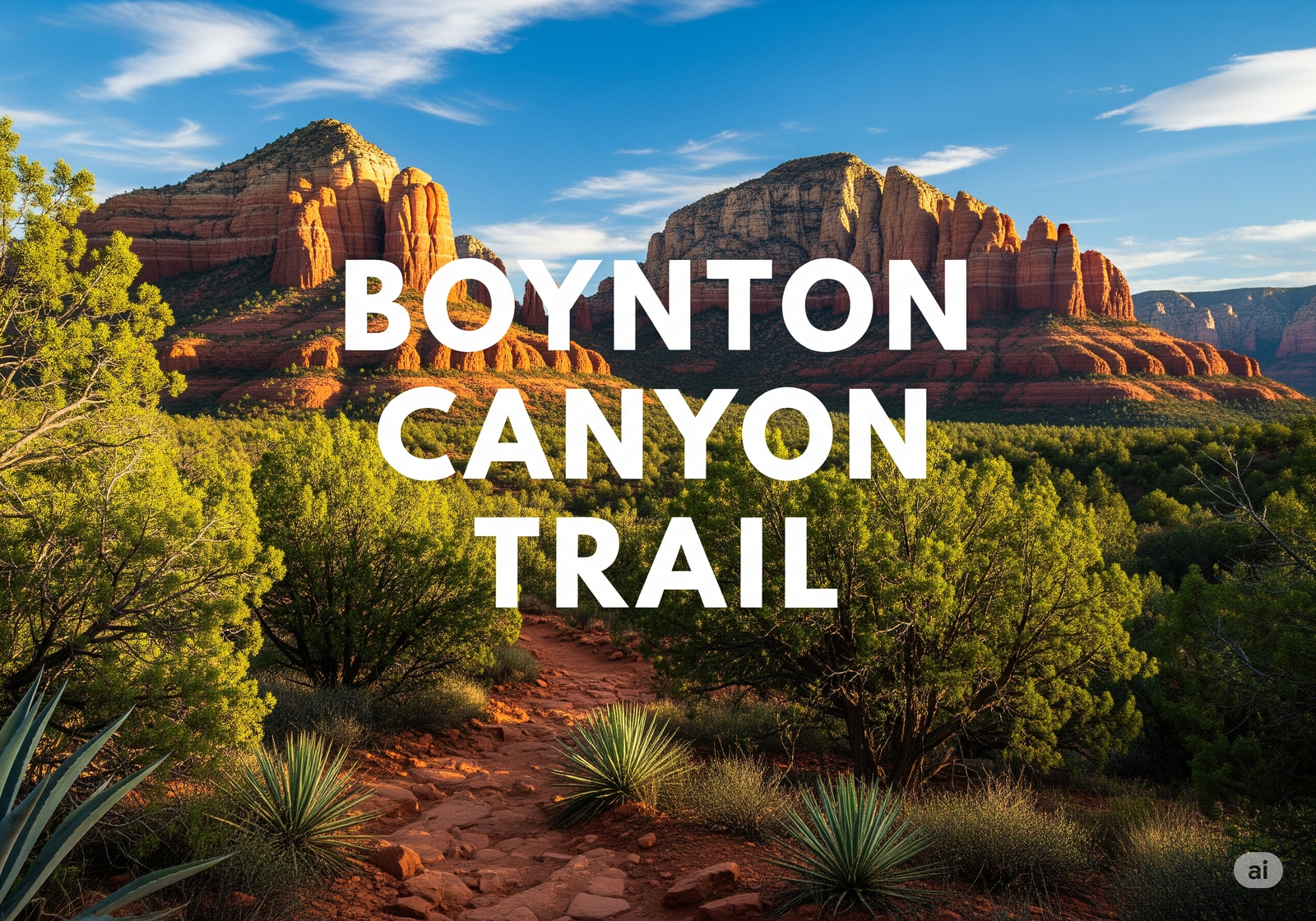
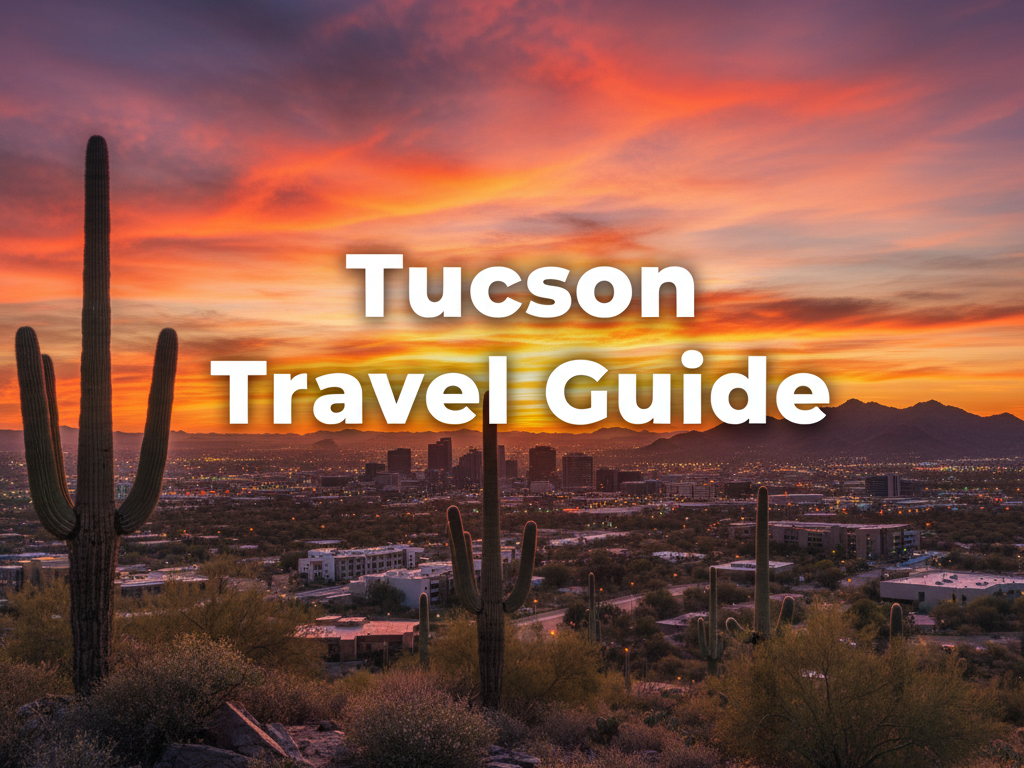


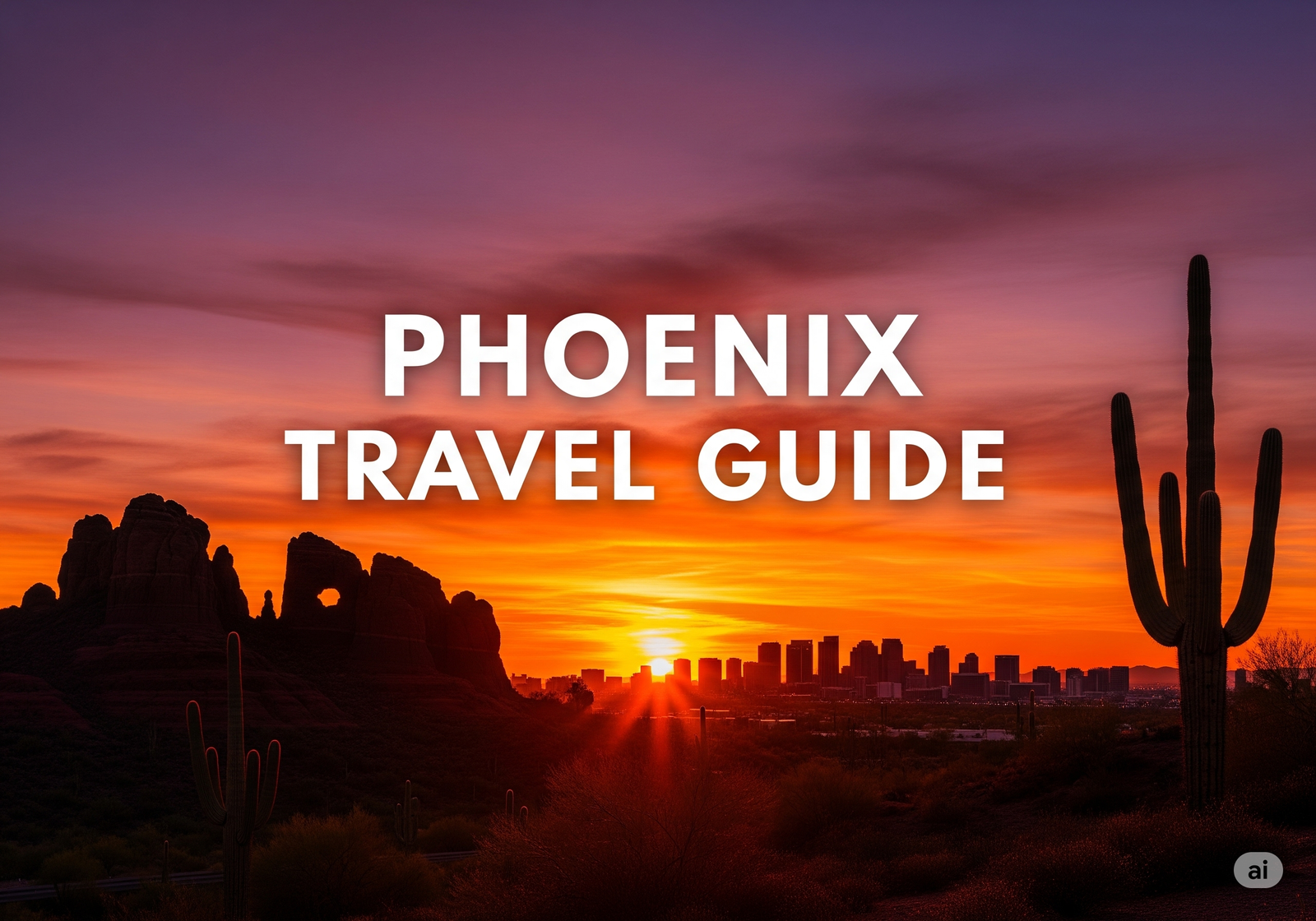
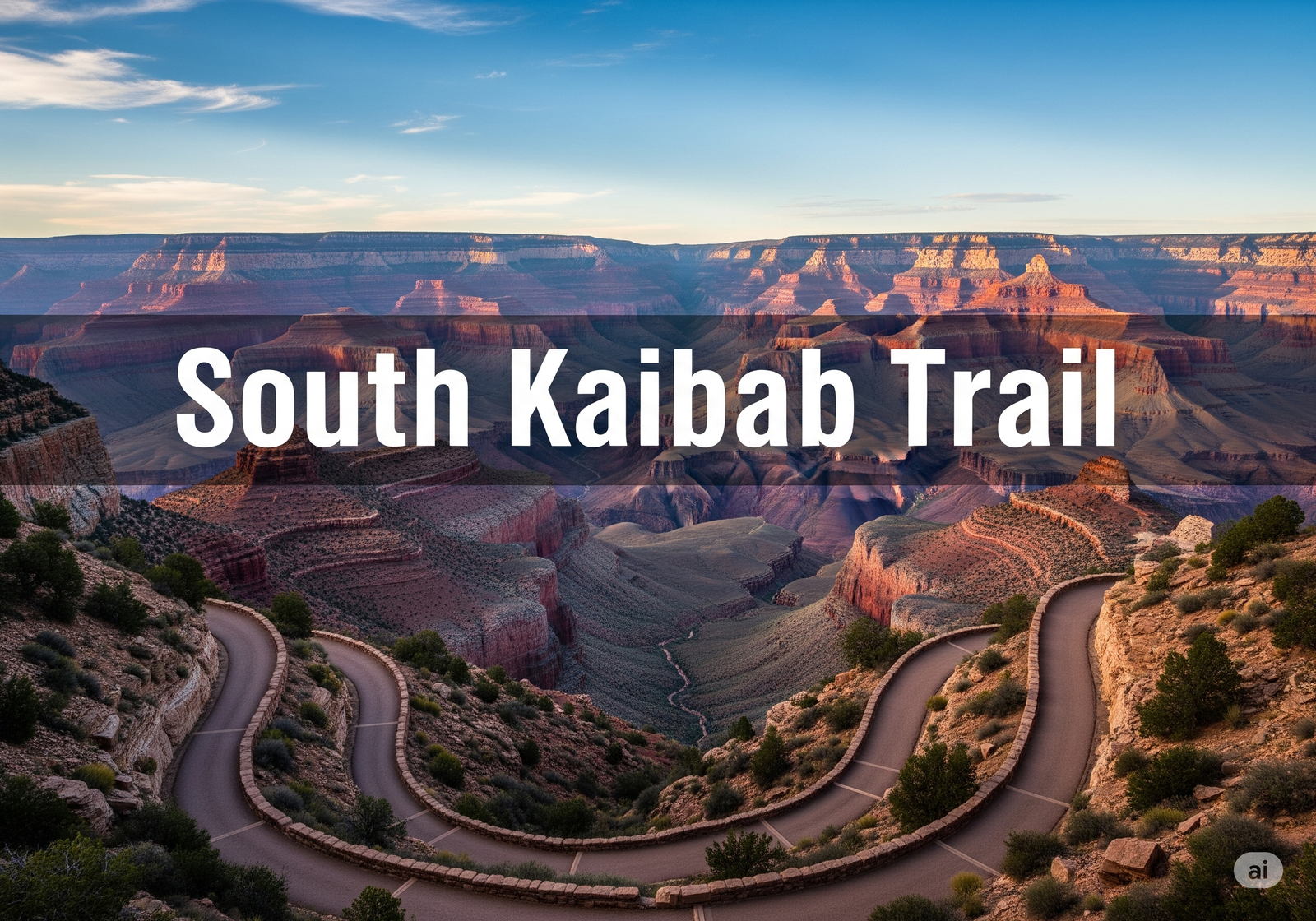
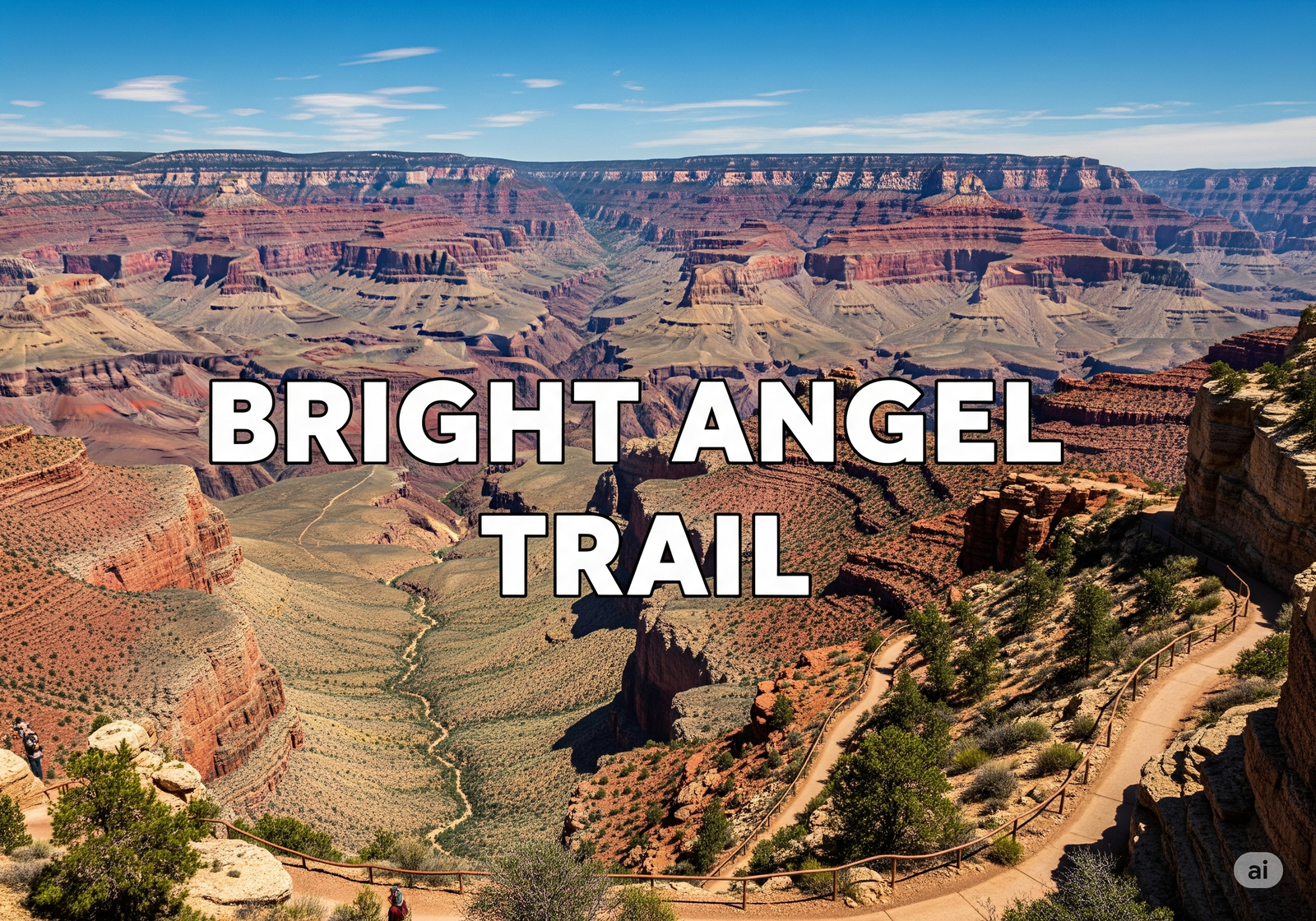
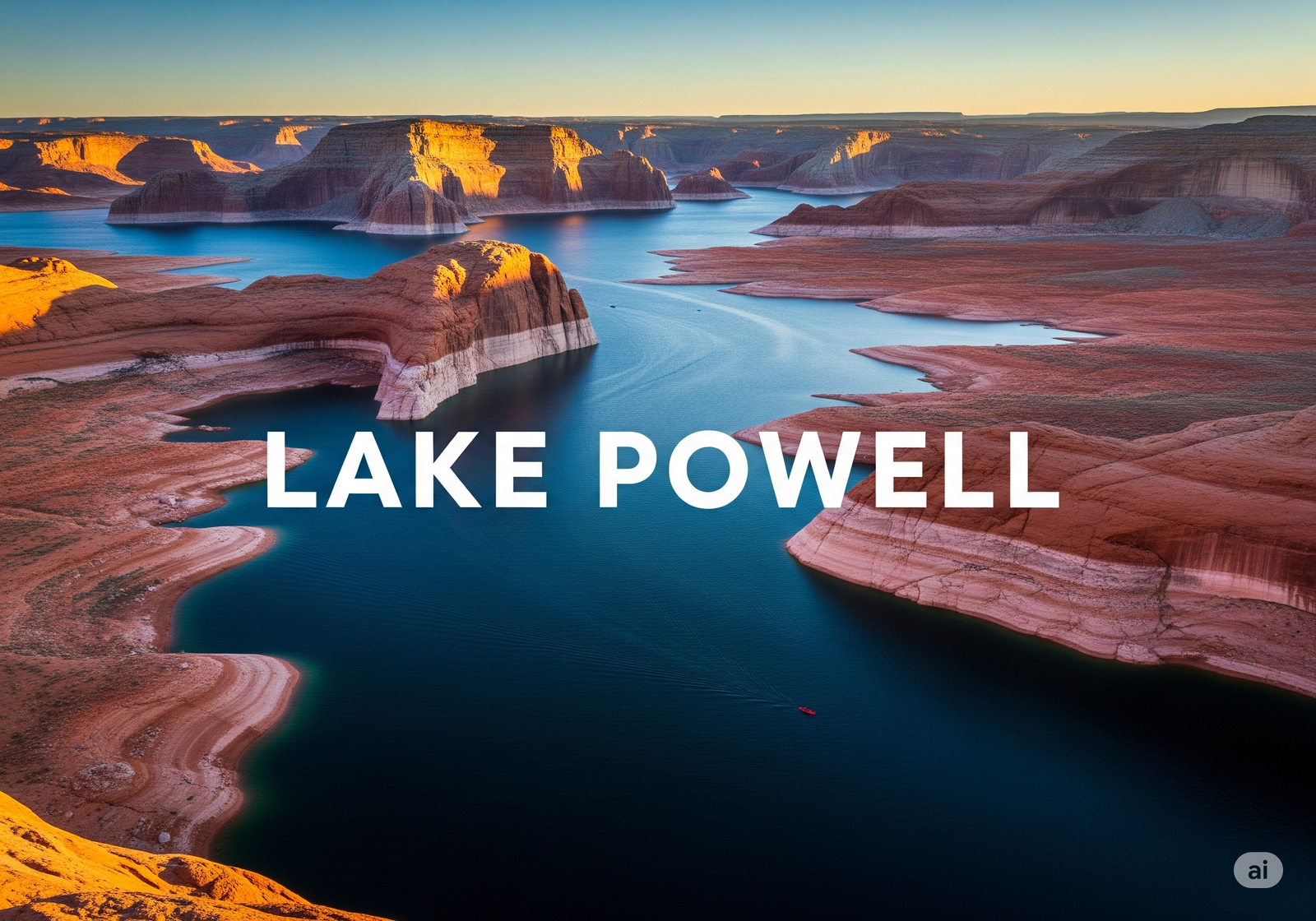
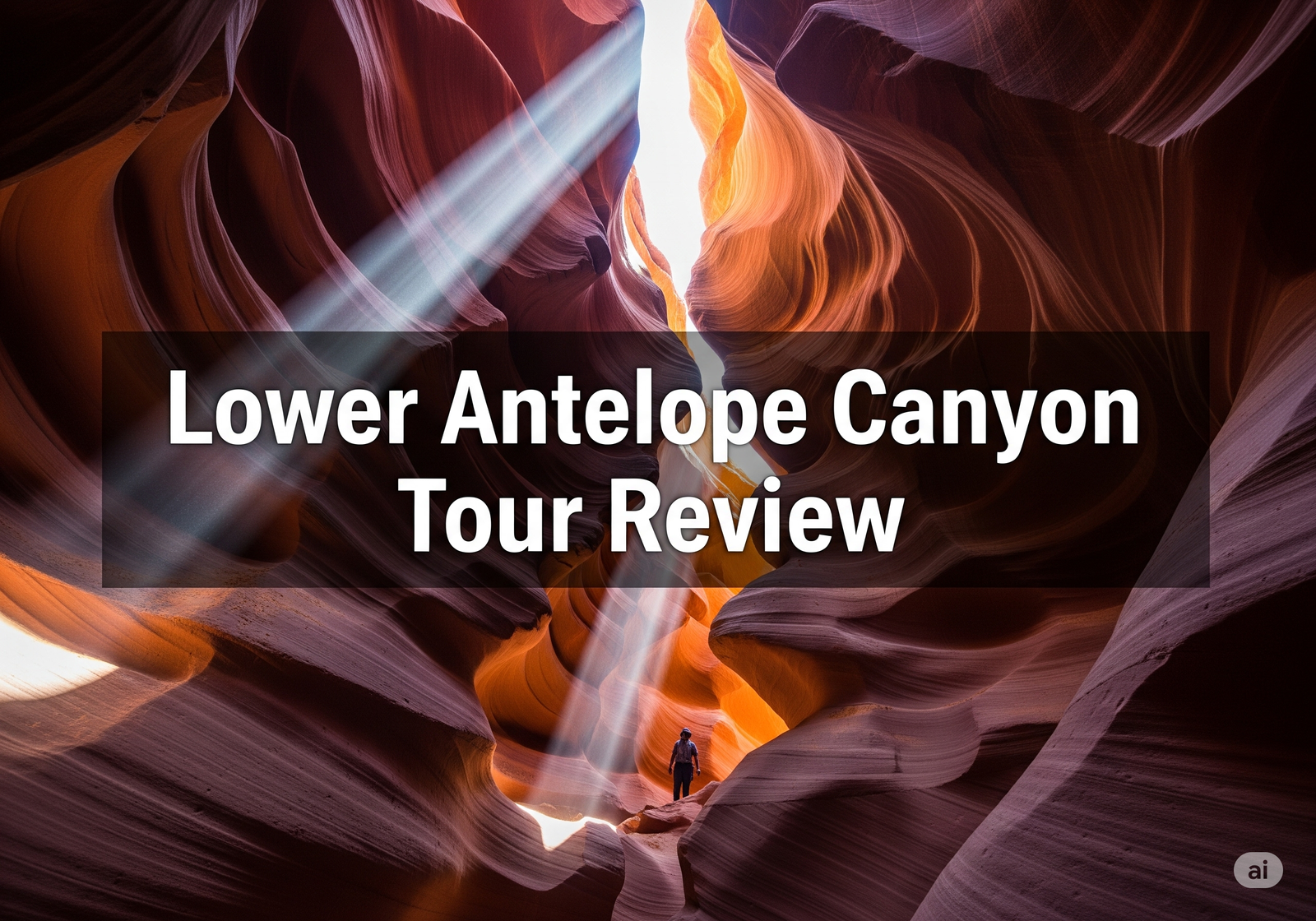
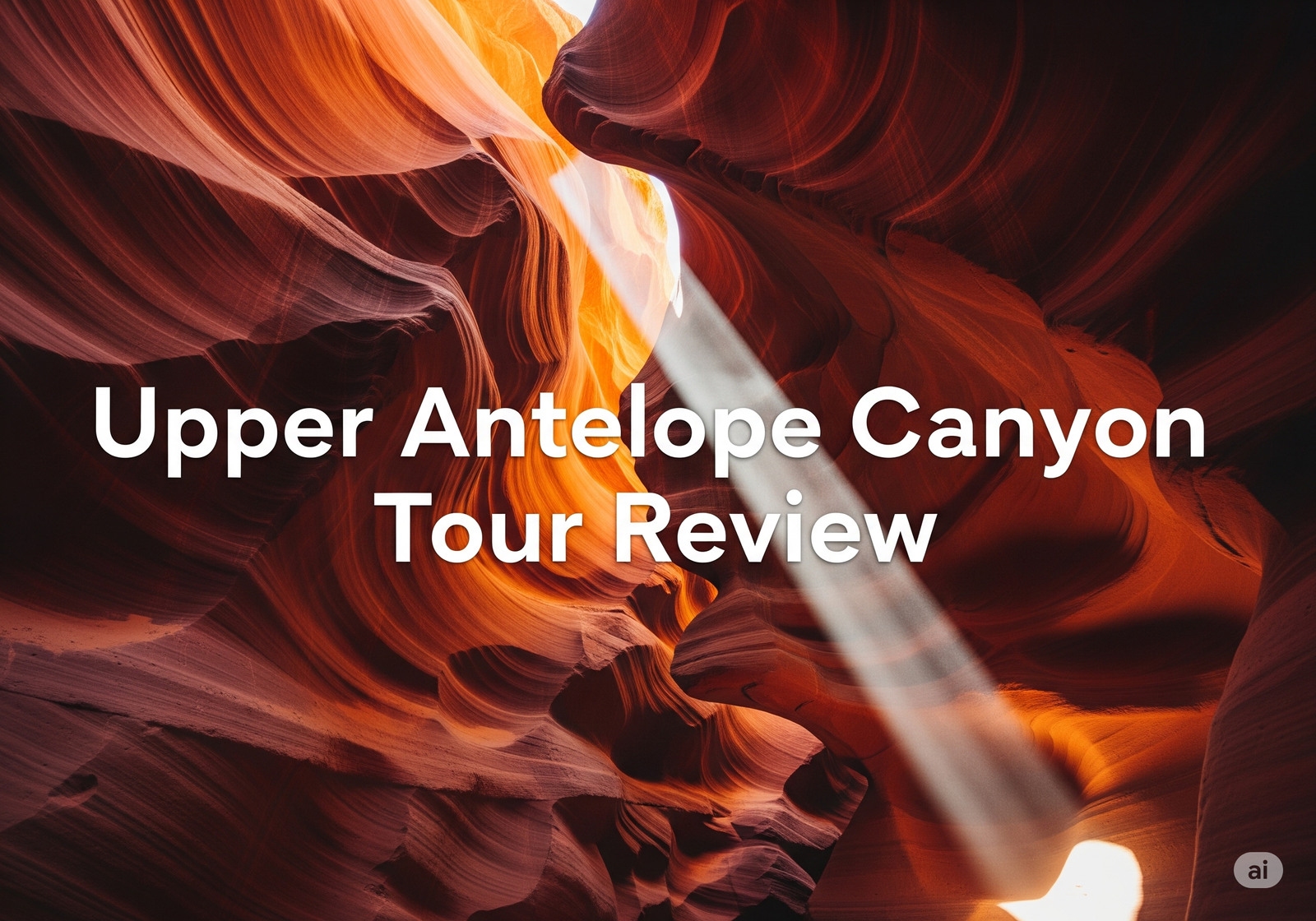
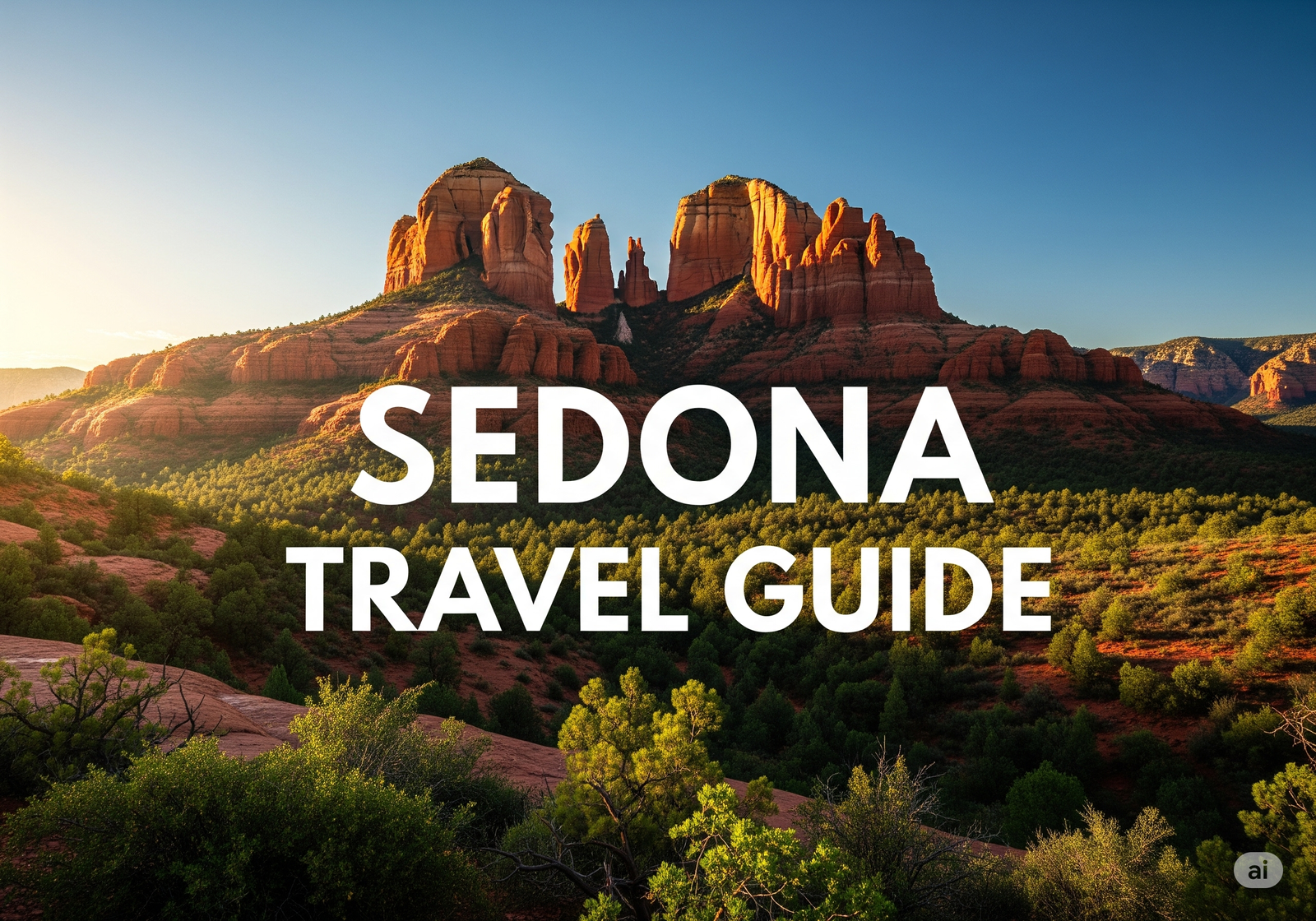
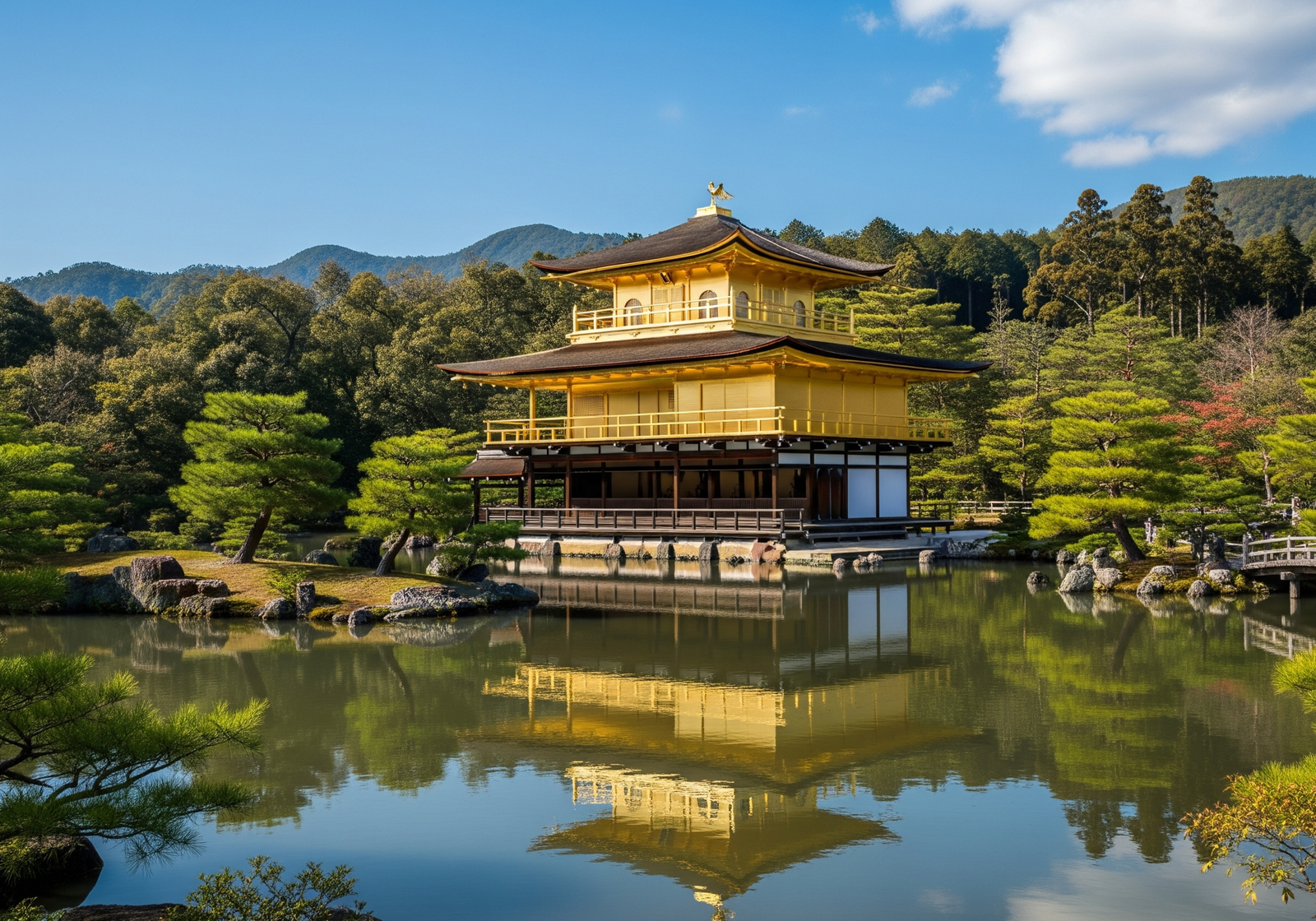



Leave a Reply